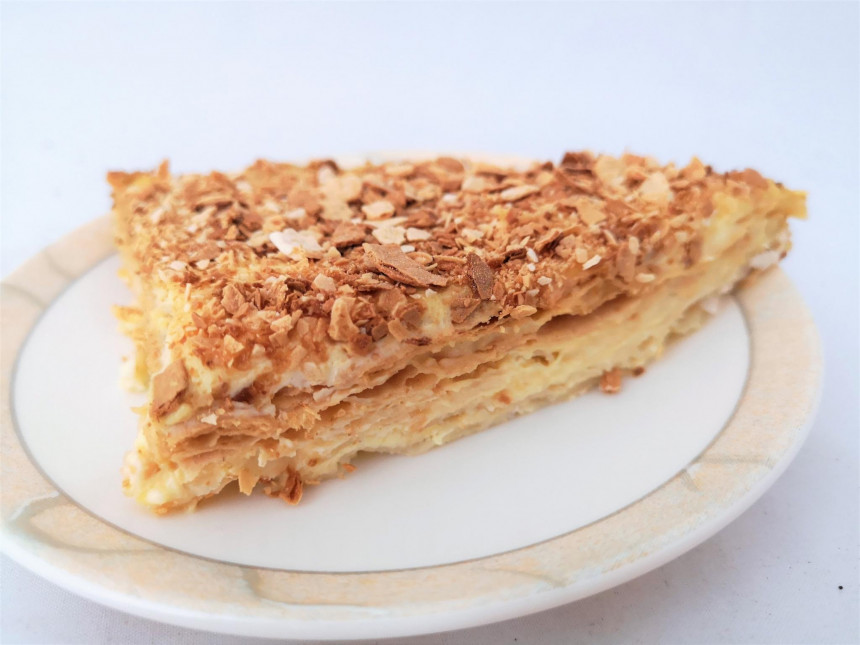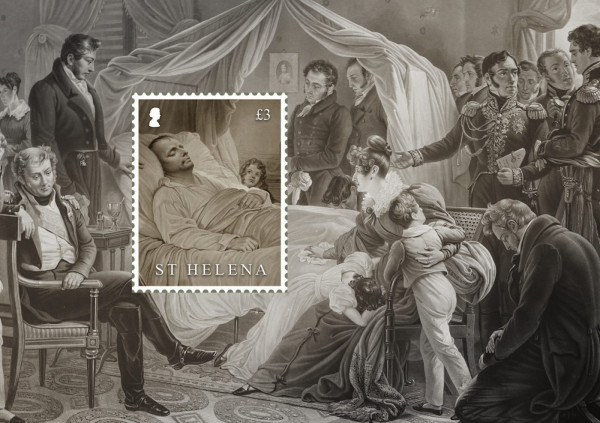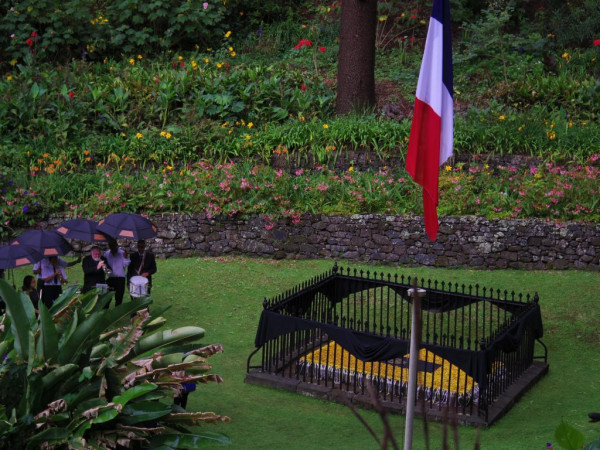Napoleon - cake for the winners with the name of a loser

Although one of the most delicious cakes in the world bears the name of Napoleon, it is doubtful that the most famous French warlord ever had the chance to enjoy this dessert. The most plausible version of the origin of this cake is that it was created when Russia celebrated its centenary of victory over Napoleon.

The French Emperor Napoleon Bonaparte has been one of the greatest warlords of all time, who probably thought he would die on the battlefield, or at least be in his native Corsica. Napoleon fled his first exile on the island of Elba, returned to power in France, but was defeated in the Battle of Waterloo. In 1815 he was deported to the British island of St. Helena in the Atlantic Ocean, where he spent the last six years of his life. However, the house in which Napoleon lived and the valley in which he was buried are French-owned. While Napoleon was on the island, the British reinforced the garrison there and took control of two nearby islands to prevent possible French attempts to free the overthrown emperor. Last week marked the 200th anniversary of Napoleon's death.

St. Helena island is one of the most isolated places in the world. It is separated from the land by about 2000 km. Although the island is not large (122 km2), it has an aerodrome where mostly private planes land. Regular flights are only from the nearest continent - Africa. A few years ago, the island began preparing for an influx of tourists in 2021, to mark the 200th anniversary of Napoleon's death, but the pandemic destroyed these plans. Cruise ships have not stopped on the island since the beginning of the pandemic.
Napoleon's cake through the centuries
A dessert in which fragile baked layers alternate with jam was known in France already four centuries ago. The French themselves called it a thousand-leaves cake. The recipe for such a cake first appeared in printed form in an 18th-century cookbook in English, which summarized the delicacies of French cuisine. And it was not until 1875 that the French chef Dubois began offering this dessert filled with Bavarian cream.
But how did this cake get the name of Napoleon? One version says that the recipe for this cake was invented by Napoleon himself, because of Josephine's jealousy. She once noticed that Napoleon was whispering something to another lady, and of course she didn't like it. To escape the quarrel, the emperor lied, saying that he was telling the lady a cake recipe. Josephine decided to check whether it was true and ordered a cake to be baked according to that recipe. To everyone's surprise, including Napoleon himself, the cake was a success.
More plausible is the version that in 1912 Russia celebrated the centenary of the victory over Napoleon with this cake. At that time, the cake had a triangular shape, which symbolized Napoleon's famous headdress. Later, for convenience, the cake was baked in a rectangular shape, and it still is. This version is supported by the fact that this sweet dessert is called Napoleon cake mostly in Russia and the former USSR republics, including Latvia. In France, the puff pastry and vanilla cream cake is still called Mille-feuille or thousand-leaves cake.
In Latvia, the Napoleon cake recipe was passed around from one family to another before the Internet era, and in this way it also came to our house. There are countless recipes on the Internet today, and who knows which one is the most authentic. Every cook probably thinks their recipe is the best. I will show you recipes for three variations of Napoleon's cake - real, fake and lean. Fake Napoleon is made from ready-made puff pastry cookies, e.g., palmiers. In turn, the lean version of Napoleon was created so that those who count calories can also enjoy this delicacy. It uses ready-made lavash and boiled cream, in which the butter is replaced with sour cream. 100 g of this dessert has 208 kcal. Meanwhile, 100 g of the real Napoleon cake has 339 kcal.
- 1 / 4
- Nākamā chevron_right
